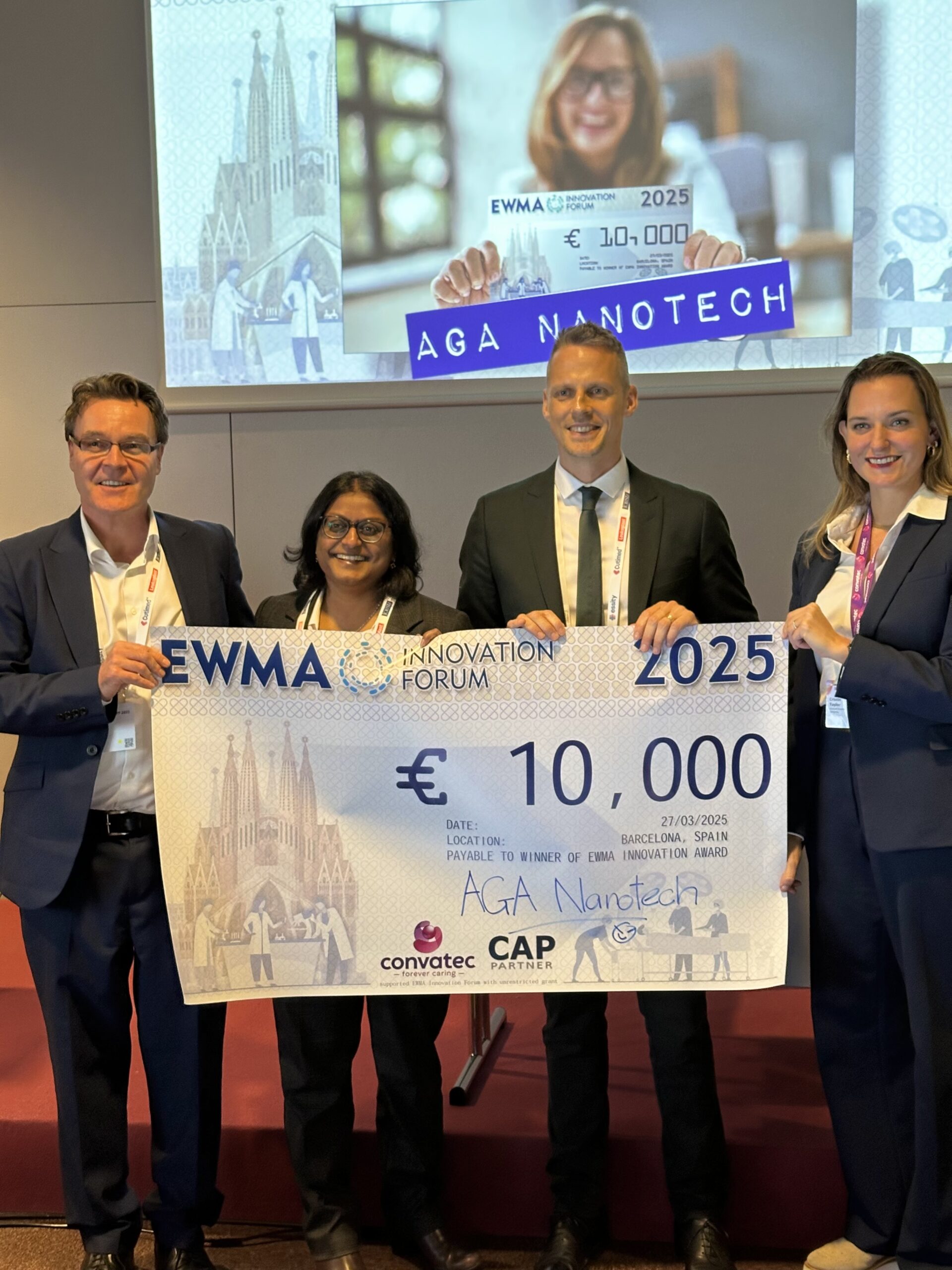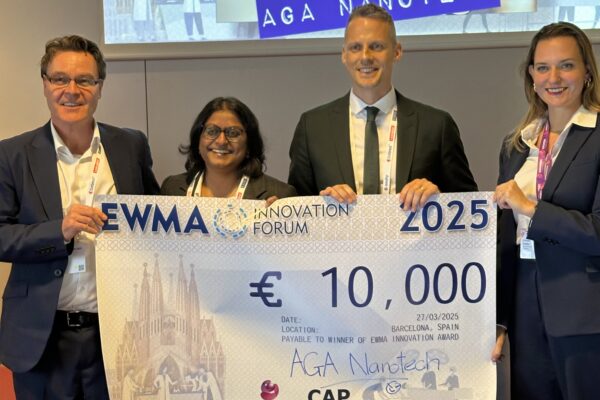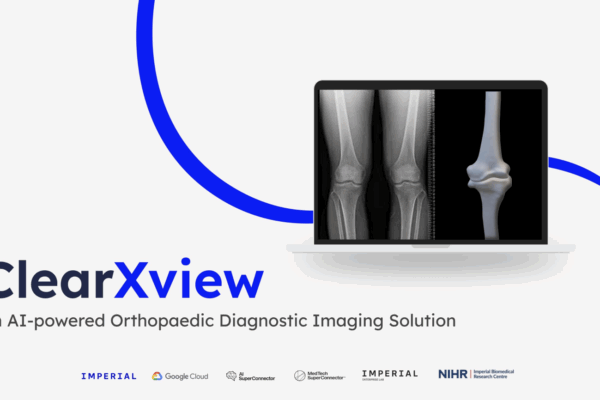
Success stories
AGA Nanotech: A new weapon in the battle against superbugs
The rise of antimicrobial resistance (AMR) is one of the most urgent threats to global health. As bacteria, viruses and fungi evolve to evade even our most powerful drugs, common infections are becoming increasingly difficult to treat. AGA Nanotech, a pioneering biotech company led by CEO Harsha Siani, is tackling this crisis with an innovative platform technology designed to kill these so-called ‘superbugs’ and disrupt the stubborn biofilms they form without driving further resistance.
The venture was born from the team’s extensive experience in infection prevention and control through the development of biocide disinfectants. “We witnessed first-hand how effective interventions can reduce healthcare-associated infections like MRSA and C. difficile,” explains Harsha, a microbiologist by training. This experience also highlighted the shortcomings of traditional antibiotics. “Recognising the limitations of antibiotics and the rise of drug-resistant superbugs and biofilm-related infections, we created a non-antibiotic antimicrobial platform designed to disrupt biofilms without triggering resistance.”
At the heart of AGA Nanotech is Battlestar™
At the heart of AGA Nanotech is Battlestar™, a versatile platform technology that uses a controlled-release system to deliver a powerful, localised antimicrobial effect. The core chemistry is designed to be highly effective against a broad spectrum of pathogens, including the resilient bacterial communities known as biofilms, which are a major cause of chronic and recurrent infections. As Harsha puts it, “If antibiotics drive resistance, why not use something that doesn’t?” The technology is designed to be tissue-friendly, biocompatible and can be adapted into multiple formats, from advanced wound dressings to injectable microspheres for treating deep-seated infections.
Now at Technology Readiness Level 4, AGA Nanotech has successfully validated the core chemistry of Battlestar™ in laboratory studies and is advancing its lead application in wound care toward preclinical prototyping. The technology has already garnered significant recognition, winning a prestigious innovation award from European Wound Management Association (EWMA) in 2025 and securing multiple grants from Innovate UK and the National Biofilms Innovation Centre (NBIC).
The next 12 months are focused on accelerating development. Key goals include validating a wound dressing prototype, generating the preclinical data needed for regulatory submissions, and strengthening collaborations with academic and clinical partners. The company is also actively engaging with leading medical device companies to explore co-development and licensing partnerships for its various clinical applications, which include musculoskeletal infections, urinary tract infections and even biofilm-associated tumours.
For an R&D-focussed, innovation-led company like AGA Nanotech, the MedTech SuperConnector (MTSC) provided a unique opportunity to expand its clinical pipeline. Harsha found the programme “invaluable” for providing strategic mentorship and structured support in assessing clinical unmet needs in orthopaedics, where infection management remains a critical challenge. The programme connected the company with a network of clinicians, health economists and regulatory experts, which helped to refine its strategy. Harsha also highlights the benefits of the collaborative environment: “Creating a peer-to-peer learning network has been a highlight of the programme, providing mutual support and collaboration with other innovative ventures.”







